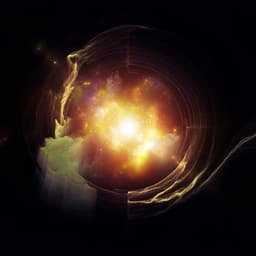
Physics
JWST UNCOVER: Discovery of >9 Galaxy Candidates Behind the Lensing Cluster Abell 2744
H. Atek, I. Chemerynska, et al.
Discover the fascinating world of high-redshift galaxy candidates as this groundbreaking research identifies 19 potential galaxies from the JWST UNCOVER survey. Conducted by esteemed authors, the study reveals significant insights into the luminosity, mass, and formation rates of these early galaxies, hinting at dramatic evolutionary trends in the universe's history.
Playback language: English
Related Publications
Explore these studies to deepen your understanding of the subject.







